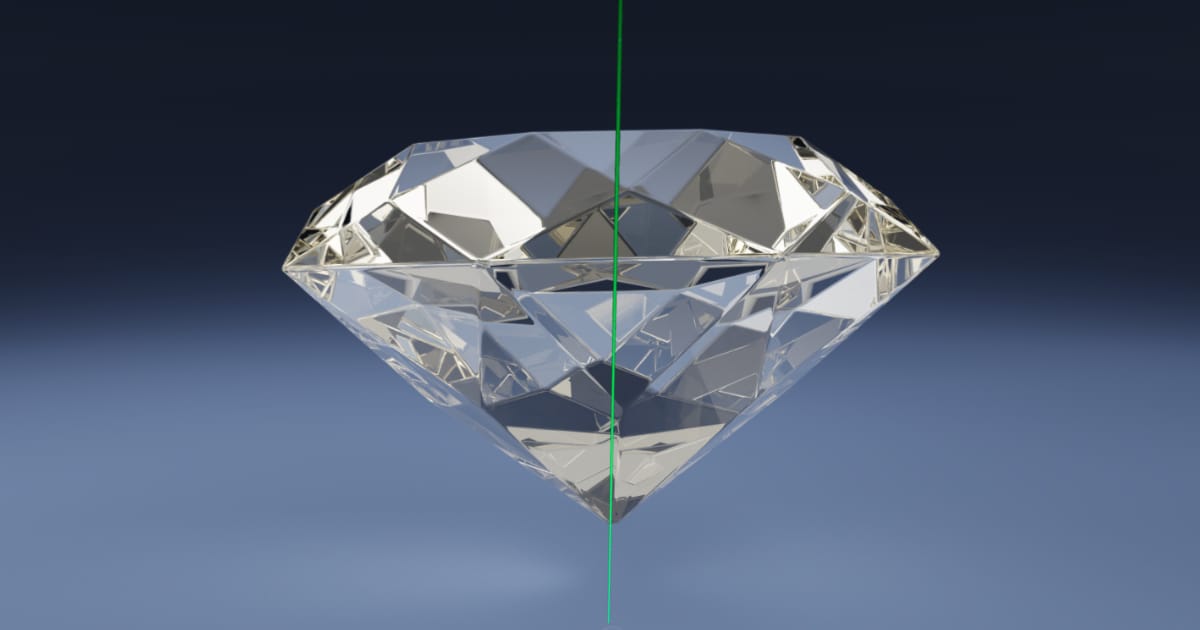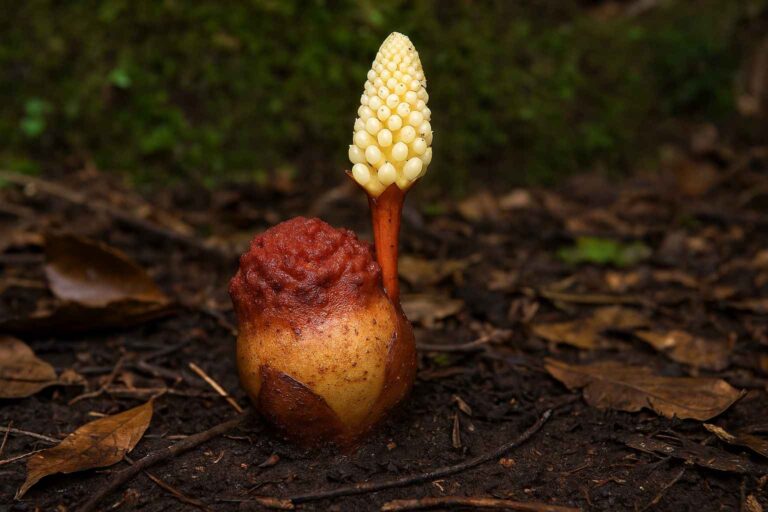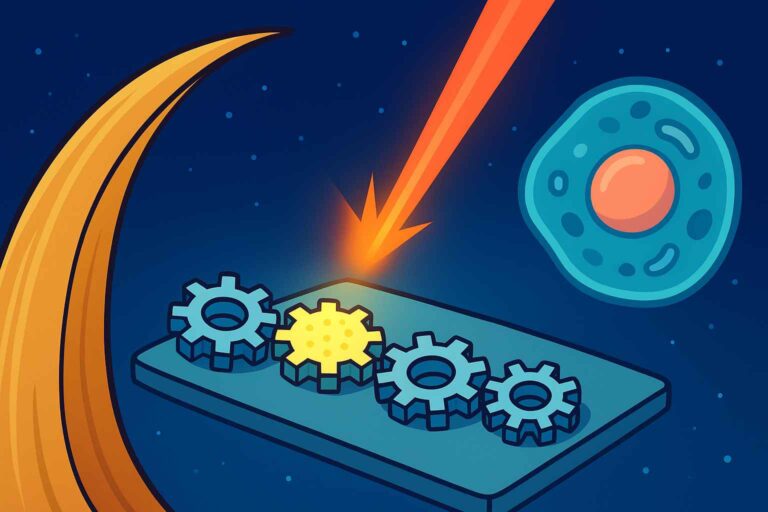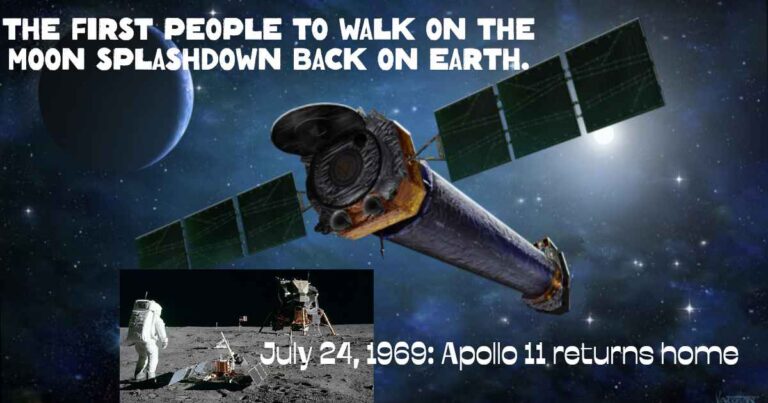
Scientists in Japan have discovered a way to grow real diamonds using electron beams — no heat, no pressure! Learn how this dazzling breakthrough could change the future of technology and even explain how diamonds form in space. 💎
💫 Quick Recap:
- 🔹 Scientists made diamonds using electron beams, not heat or pressure.
- 🔹 The key molecule was adamantane, which already has a diamond-like shape.
- 🔹 The diamonds formed inside a microscope in just seconds!
- 🔹 This could change how we make materials and understand diamond formation in space.
Imagine this: You’re in a lab, and instead of using fire, pressure, or lava to make a diamond, you just use… an electron beam! Sounds like science fiction, right? But scientists from the University of Tokyo have actually done it — they grew tiny diamonds called nanodiamonds using nothing but gentle beams of electrons.
🧪 Turning Ordinary Molecules into Sparkling Diamonds
Usually, making diamonds requires super high heat and crushing pressure — the same conditions deep inside Earth. But Professor Eiichi Nakamura and his team tried something completely different. They started with a special molecule called adamantane (say it slowly: a-da-man-tane).
It’s a carbon-based molecule that already has a shape a bit like a diamond.
When the scientists shined a powerful electron beam on adamantane inside a vacuum, something magical happened — the atoms began rearranging themselves into real diamond patterns!
🔬 Watching Diamonds Form in Real Time
The team used a very powerful microscope called a Transmission Electron Microscope (TEM) — it can see things smaller than a single atom! Under the beam, they saw tiny crystals forming — nanodiamonds only a few billionths of a meter wide.
Instead of destroying the molecules, the electron beam helped them build themselves into diamonds. This discovery surprised everyone, because most scientists thought such beams would break delicate organic materials.
💡 A Sparkling Scientific Surprise
The diamonds they made were small but nearly perfect — with a cubic shape just like natural diamonds. This process even released hydrogen gas, showing that the carbon atoms were locking together tightly.
No heat.
No pressure.
Just clever chemistry and a lot of patience!
🪐 Diamonds in Space and Beyond
The scientists think this process might even explain how diamonds form naturally in outer space — like in meteorites or rocks exposed to radiation. So the next time you look up at the night sky, imagine tiny diamonds sparkling inside space dust!
🧠 Why This Matters
These nanodiamonds aren’t for jewelry — they could be used to make quantum computers, super sensors, or new kinds of microscopes that see at the atomic level. This discovery also proves that electrons, which we usually think of as causing damage, can actually build amazing things when used the right way.
Professor Nakamura says this was his dream for over 20 years — to actually see chemistry happening in real time. Now, that dream shines bright… just like a diamond!
💎 Fun Science Quiz: “The Diamond Beam Experiment!”
1. What did the scientists from the University of Tokyo use to create diamonds?
a) Laser beams
b) Electron beams
c) Heat and pressure
d) Magic dust
👉 Answer: b) Electron beams
2. What special molecule did the scientists start with?
a) Carbon dioxide
b) Adamantane
c) Water
d) Graphite
👉 Answer: b) Adamantane
3. Where did the scientists actually see the diamonds forming?
a) Through a telescope
b) Using a Transmission Electron Microscope (TEM)
c) Inside a volcano
d) With their eyes
👉 Answer: b) Using a Transmission Electron Microscope (TEM)
4. What makes this diamond-making process special?
a) It uses sunlight and sand
b) It doesn’t need heat or pressure
c) It only works in outer space
d) It uses gold powder
👉 Answer: b) It doesn’t need heat or pressure
5. What cool idea did scientists suggest about space?
a) Diamonds might form in meteorites
b) Planets are made of gold
c) Stars are made of water
d) Space dust tastes like sugar
👉 Answer: a) Diamonds might form in meteorites
✨ Bonus Fun Fact:
Did you know that diamonds can form inside meteorites that crash to Earth? Some scientists believe these “space diamonds” are billions of years old — older than our planet!






